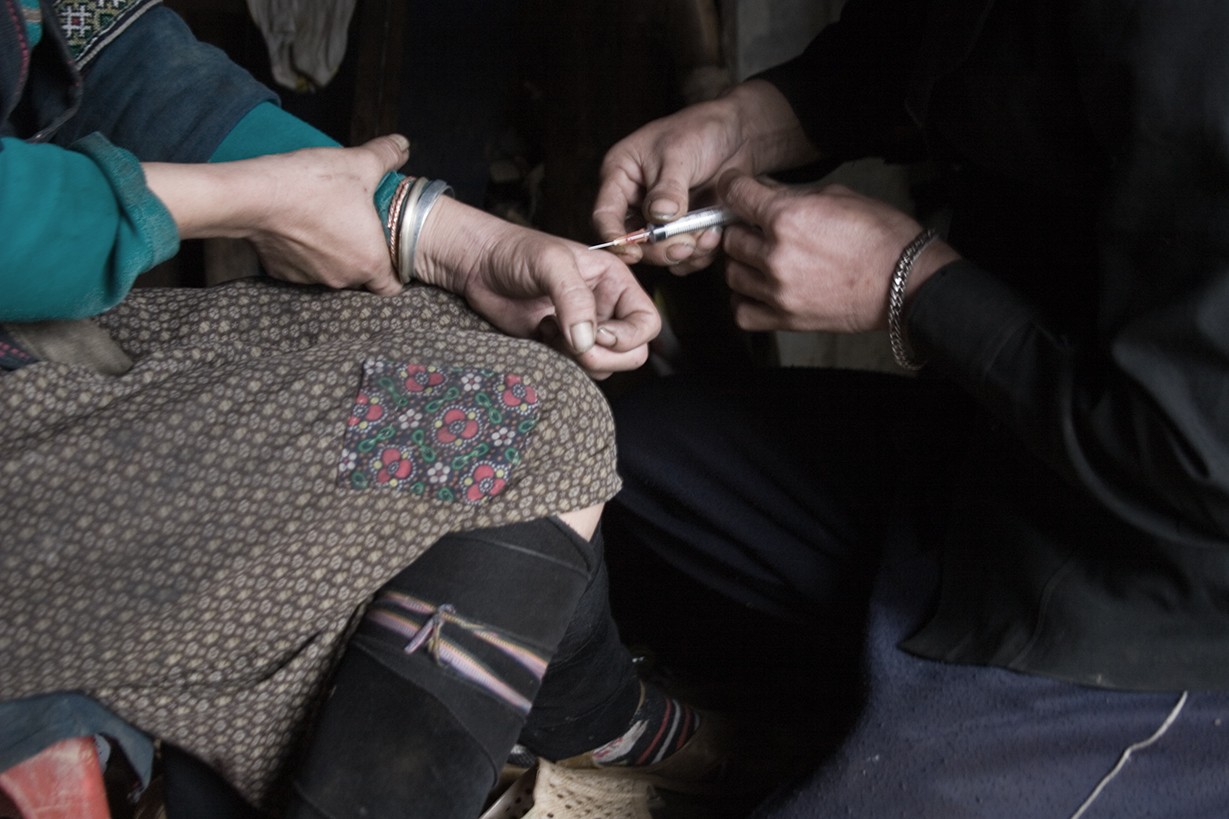When it comes to harm reduction and public health programs, Canada has a mixed track record. A recent spike in overdose-related deaths in Canada, however, has exposed a public health crisis in urgent need of attention from law-makers and health officials, prompting significant debate around how best to address the dangers and health hazards that accompany rising drug use.
The question of safe injection sites is not a new one. The first medically supervised drug facilities emerged in Europe during the 1970s, beginning in the Netherlands and spreading from there, as harm-reduction approaches to improving public health became increasingly popular. The first American attempts at safe injection sites were less successful, taking on a for-profit business model in large cities like New York. Safe injection sites in the United States eventually took on less formal titles such as “shooting galleries”, helping to stigmatize the facilities themselves, and the people who used them. Since their creation, safe injection initiatives have seen varied results across equally varied host communities, and Canada is no exception.
Rising to the forefront of the debate recently is Canada’s struggle with fentanyl. The opioid painkiller has been in the country for several years now, and has increased significantly in popularity since initially arriving on Canada’s west coast from Chinese producers. The dangers of fentanyl are extensive. From the fact that the drug is easily disguised or hidden in goods entering Canada, to issues regarding varied potencies and forms (such as injections or patches), fentanyl is easily accessible, virtually unregulated, and sometimes deadly. To make matter’s worse, a recent CBC report asserts that producers of fentanyl easily take advantage Canada’s opioid addiction by exploiting gaps in border security, selling the drugs online and camouflaging them in regular consumer goods to avoid detection when entering the country. Canada’s fentanyl crisis has reached epic proportions in recent years, with fentanyl-related deaths more than doubling between 2013 and 2014, according to the Centre for Disease Control and Prevention’s report on overdose deaths.Western Canada has been hit especially hard by the fentanyl epidemic, with British Colombia in particular experiencing an alarming spike in drug-related deaths since the onset of the drug’s popularity: a total of 488 overdose deaths from January to August 2016 alone.
The spike in fentanyl’s popularity, and continued abuse of other illicit drugs such as heroin and cocaine, have given new urgency to the heated debate surrounding proposed solutions to these public health concerns. The debate has highlighted relevant concerns on both sides of the spectrum, and illustrated clearly the ways in which this particular issue is far from black and white when it comes to proposed solutions.
Reasons for establishing medically supervised facilities for safe drug use seem common sense in principle: the argument for access to sterile equipment, safe disposal of materials, and referrals to treatment and counselling is an obvious one when considering harm reduction principles and initiatives to improve public safety. Recent reports suggest that safe injection sites already legally operating in Canada have had high success rates in achieving their initial goals, giving supporters of safe injection initiatives hope that more of these sites will be approved and funded in the future.
So far, safe injection facilities have produced impressive results across a number of areas. Research suggests that health concerns stemming from re-using or sharing needles have decreased significantly in areas where drug users have access to medically supervised injection facilities. In this respect, safe injection sites have become an important consideration for initiatives aimed at minimizing the spread of blood-born diseases such as HIV. Needle disposal has also become an important function of safe injection sites, directly benefiting public health and safety by ensuring that used needles and other dangerous drug paraphernalia are safely disposed of after use. Some medically supervised facilities have also started carrying the fentanyl antidote, which can be lifesaving when administered to reverse the effects of an overdose.
In a nutshell, the main argument for establishing safe injection sites is that getting drugs “off the streets and into medically supervised facilities” ultimately improves the safety of both drug users, and the general public. Health officials tasked with reviewing proposals for safe injection sites in Toronto have taken a careful look at Vancouver’s initiatives, which have served as case studies for many other cities considering safe injection programs.
Data from cities like Vancouver makes the argument for safe injection sites difficult to refute when looking at the problem from a harm-reduction perspective. Tangible results are obvious with cases like, Insite, a safe injection facility in Vancouver’s downtown east side, which is being credited for reducing overdose deaths by 35% since opening. Other benefits perhaps less easily measured, but still worth considering, are the rehabilitative functions of safe injection sites. Facilities approved for funding often include readily available information about counselling and detox, and provide referrals to treatment and rehabilitation programs upon request.
Despite success stories and impressive statistics in some cases, however, relevant concerns have been voiced by those who worry about the potential consequences of developing safe injection initiatives. These concerns include questions about how to decide where to put safe injection facilities once they have been approved for funding, and what impact the presence of these facilities might have on their host communities and local residents. When asked about Vancouver’s experience with safe injection initiatives, Vancouver Police Union President Tom Stamatkis cautioned other municipalities considering similar initiatives against overstating the benefits of safe injection sites. He stated that while harm-reduction principles were the focus of Insite in Vancouver and had a largely positive effect on the community, the downsides of these programs are often minimized, especially when it comes to crime rates. Stamatkis’s statement highlights the main concern of those who are strongly against establishing safe injection sites in Toronto, which is that these facilities promote the illegal activity that goes into locating, acquiring, and using the drugs in question. Furthermore, there has been concern that crime rates and illicit activity will increase in areas where safe injection sites have been proposed, exposing communities to unnecessary risk.
As of March 2016, Canadian health officials have cited establishing accessible safe injection sites as a crucial part of the city’s drug strategy. Following these recommendations, Toronto City Council approved funding for three new safe injection facilities in a vote of 36-3, adding Toronto to the growing list of Canadian cities that are taking a proactive approach to harm reduction and safe drug use. Approval of these new facilities aside, the debate on how to best address drug addiction, overdose deaths, and public health concerns is far from over. The results and side effects of establishing safe injection facilities, both positive and negative, illustrate the extent to which making the cost-benefit analysis is highly case-dependent and varied. Whether for or against safe injection sites, however, the debate serves one critically important function: by asking difficult questions with no simple answers, conversations about safe injection facilities shed new light on how we view and approach harm reduction in Canada.
Photo: Heroin injection (2007), via Wikimedia, licensed under CC BY 2.0.
Disclaimer: Any views or opinions expressed in articles are solely those of the authors and do not necessarily represent the views of the NATO Association of Canada.




